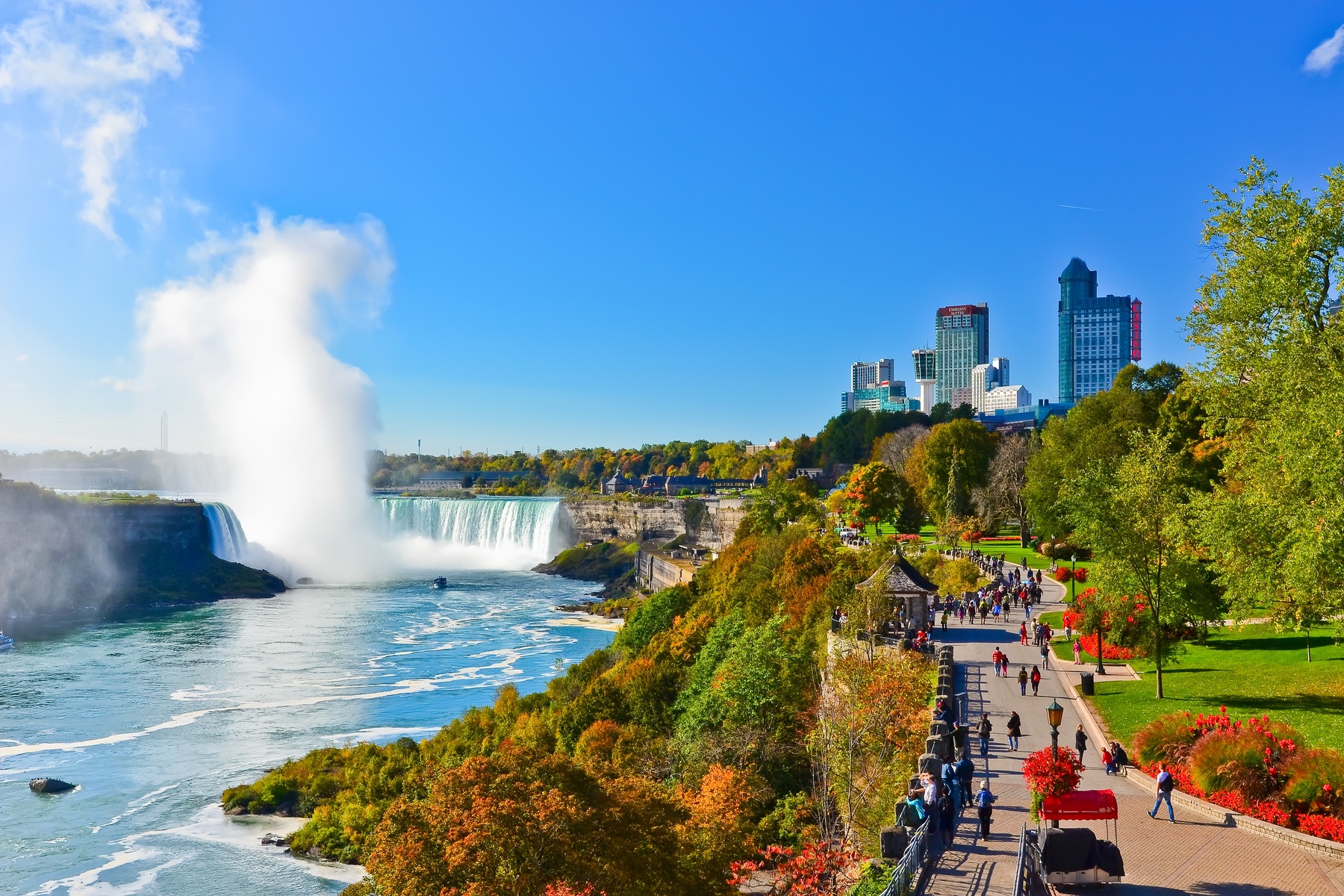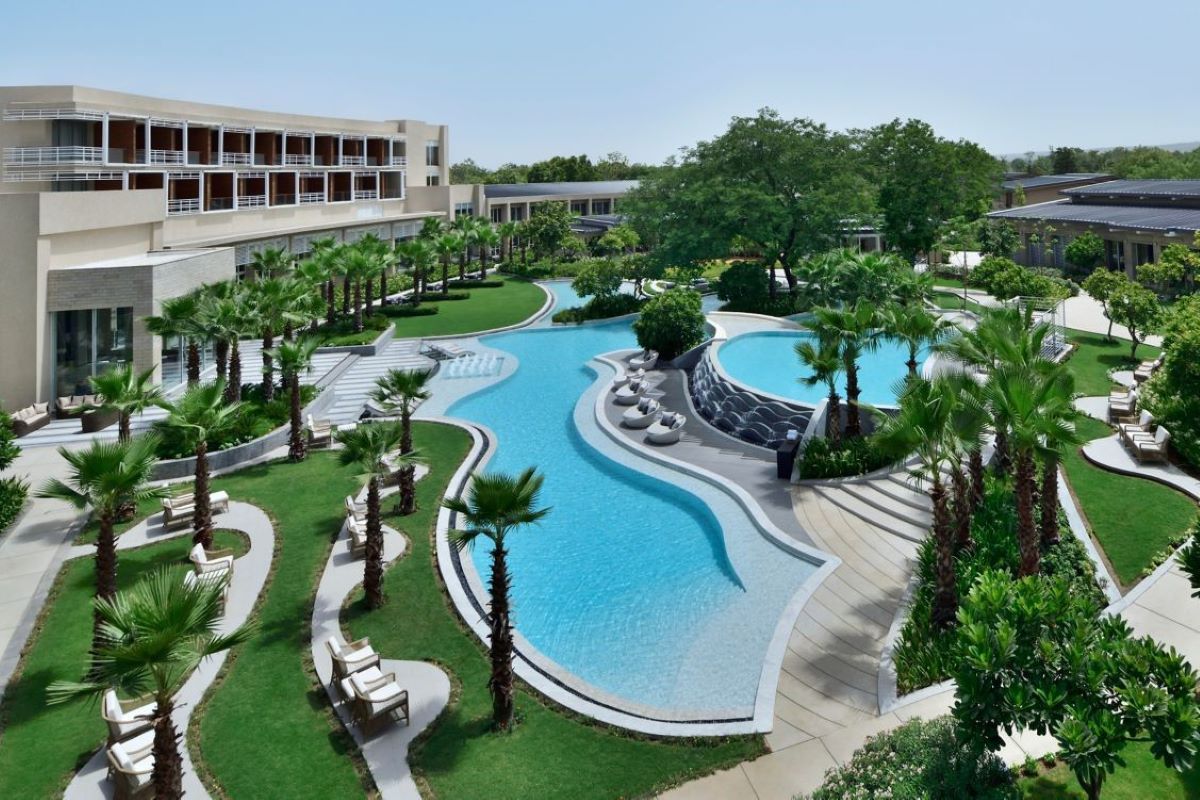Maui Tourism’s Path to Recovery

Skift Take

Skift Daily Briefing Podcast
Listen to the day’s top travel stories in under four minutes every weekday.Good morning from Skift. It’s Friday, September 15. Here’s what you need to know about the business of travel today.
Listen Now
🎧 Subscribe
Apple Podcasts | Spotify | Overcast | Google Podcasts | Amazon Podcasts
Episode Notes
Maui faces a long road to a full tourism recovery after wildfires decimated the western part of the island last month. Travelers have largely been slow to return to Maui out of sensitivity to local residents, writes Global Tourism Reporter Dawit Habtemariam.
Although Hawaii tourism officials have said most of Maui is ready to welcome tourists, Habtemariam reports some travel businesses believe it’s too soon for visitors to come back. Alaska Air Group Chief Financial Officer Shane Tackett said a subset of travelers aren’t eager to vacation in a destination still suffering. In addition, airlines are continuing to cut flights to Maui in response to the wildfires.
Habtemariam adds tour operators have been cautious about taking guests back to Maui. G Adventures is considering making a return to the island in October or November. Its Vice President of Product Yves Marceau said it doesn’t want travelers to feel like they’re going back too early.
Next, Marriott International is making progress in reducing its carbon footprint ahead of its 2030 target. But the company’s emissions data reveals its greenhouse gas emissions increased last year, reports Head of Research Wouter Geerts.
Geerts writes Marriott has some of the best tracking of emissions of any hotel company. That reporting showed the company’s scope 1 and 2 emissions rose by 2.5% in 2022 compared to 2021. Scope 1 and 2 emissions are all emissions from activities under operational control for hotel companies.
Geerts notes Marriott is still on track to reach its 2030 emissions goal. But he adds the company needs a 5.4% annual decline in emissions to hit its target.
Finally, Spirit Airlines stunned investors and even its competitors with its forecast of a steep third-quarter operating loss, reports Jay Shabat, senior analyst for Skift publication Airline Weekly.
Spirit anticipates its third-quarter operating margin to be between negative 15-16%. The company had forecast in August the figure would be roughly negative 7%. Shabat notes that fuel prices have increased sharply in recent weeks while demand has softened. Spirit also expects total revenue for the third quarter to decrease from what was previously forecast.
The poor forecast follows a rough first half for Spirit. Only Hawaiian Airlines performed worse in terms of operating margin in the first half of this year among major U.S. carriers.





